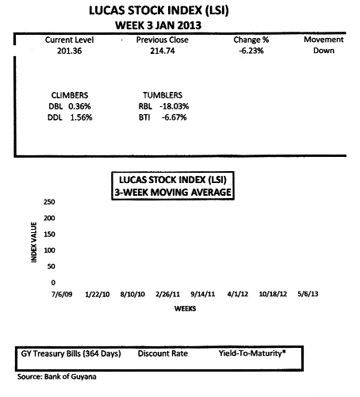Benefits for Tax Contributions
Undoubtedly, the private sector has seen benefits for the tax contributions that it provides. One source of evidence is the special funding arrangements enjoyed by some members of the private sector in pursuit of their investment goals. The public-private partnership touted in the construction of the Berbice River Bridge is supporting evidence. Some undoubtedly benefited from the debt written off through the World Bank and Paris Club debt forgiveness programmes for Highly Indebted Poor Countries. The private sector has also enjoyed lower tax rates on business income starting in 2010 in addition to the special provisions in the tax laws for computing taxes on business income. Another indicator is the value of procurement contracts allocated to the private sector. From just two examples in 2011, in excess of $2 billion in contracts were awarded to a few members of the private sector.
Reallocation of Resources
While the income tax contribution of all businesses has grown by an average of 13 per cent per annum since 2002, the income of some businesses before tax has grown at phenomenal rates, in some years reaching 40 and 50 per cent speeds. It is no accident that the private sector has enjoyed this level of success because the administration allocated tax dollars to support a variety of activities in the private sector, including institutional and capacity building of companies within that part of the economy. The reallocation of resources was aimed at buttressing companies thought of as helpless that operated as monopolies and oligopolies in the domestic market. The reallocation of resources supported,

